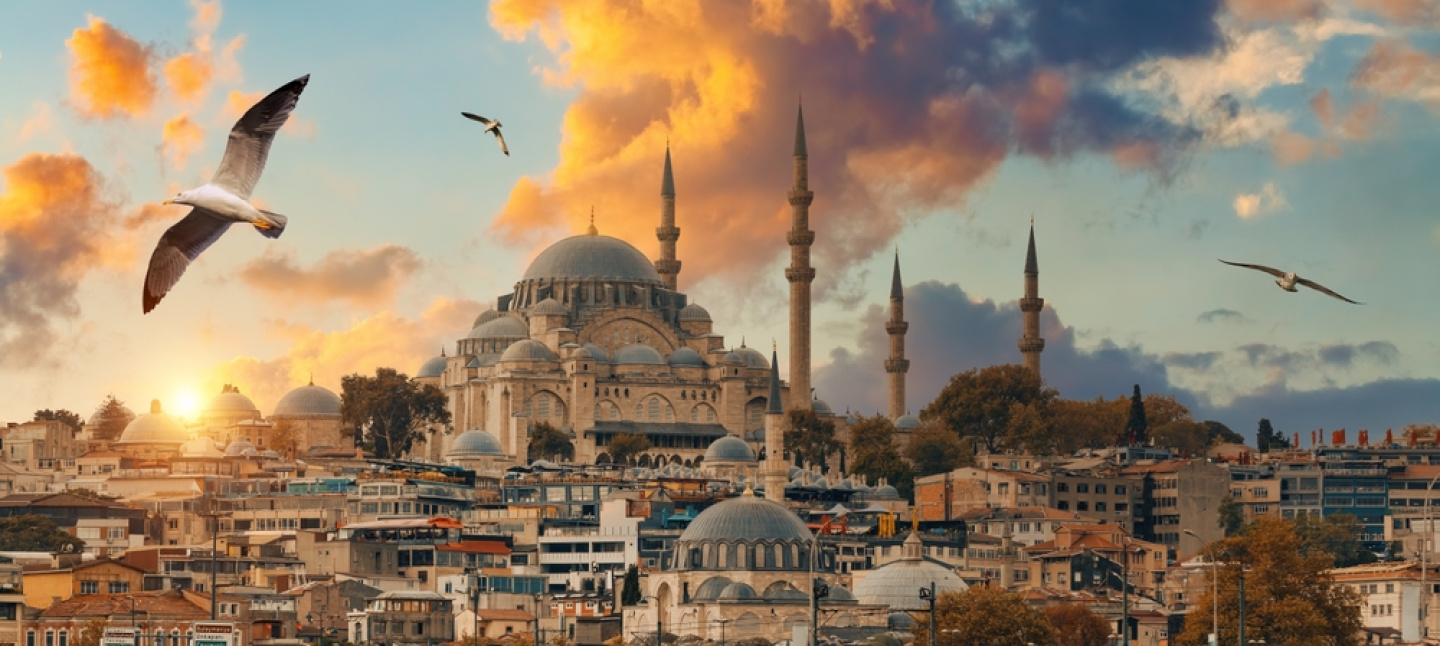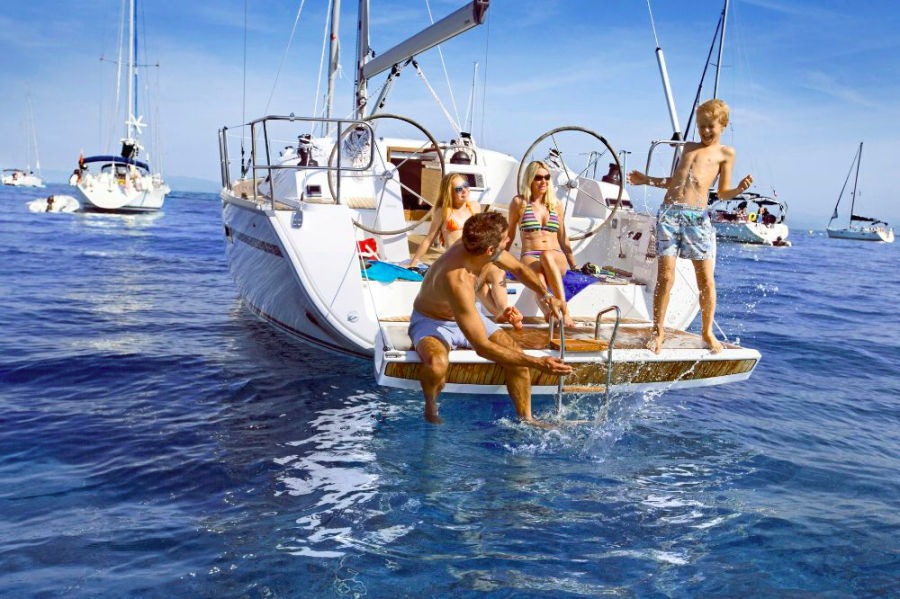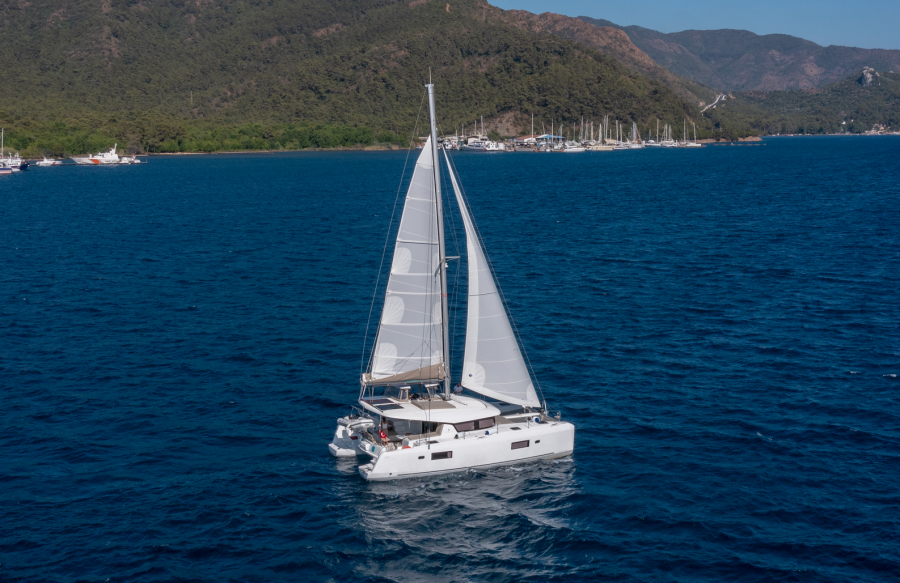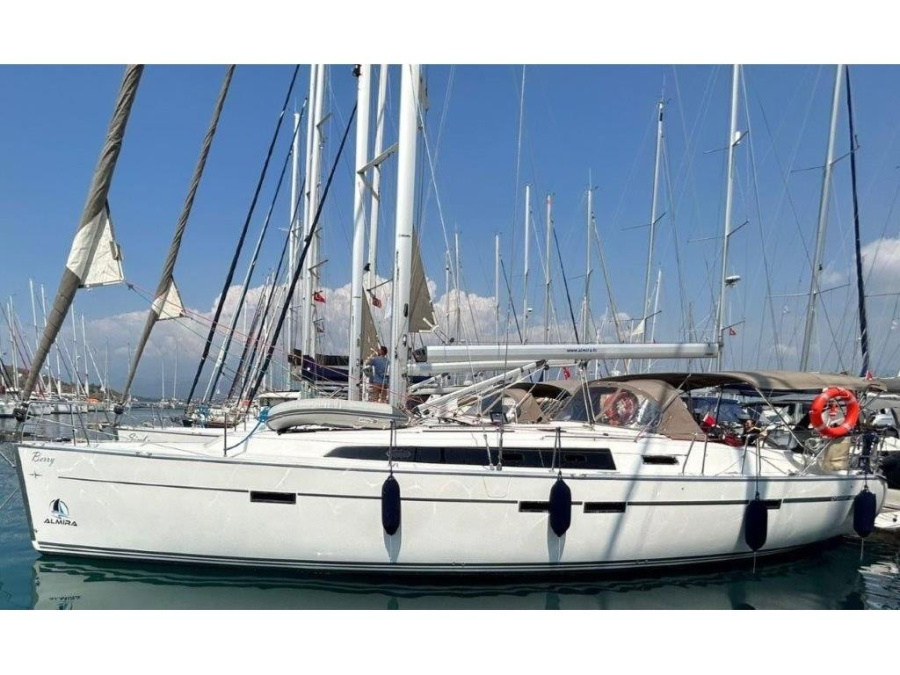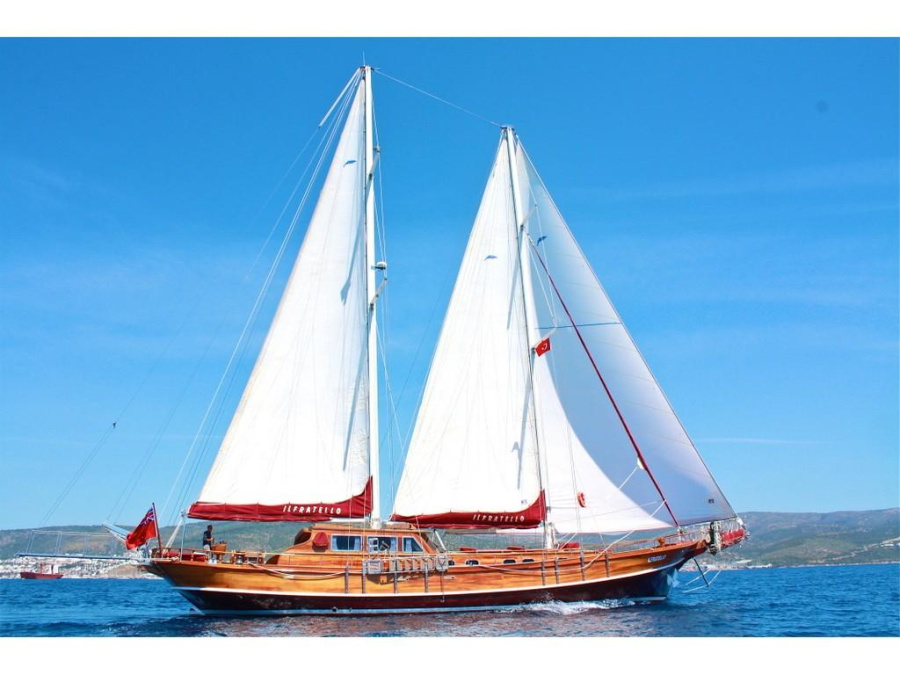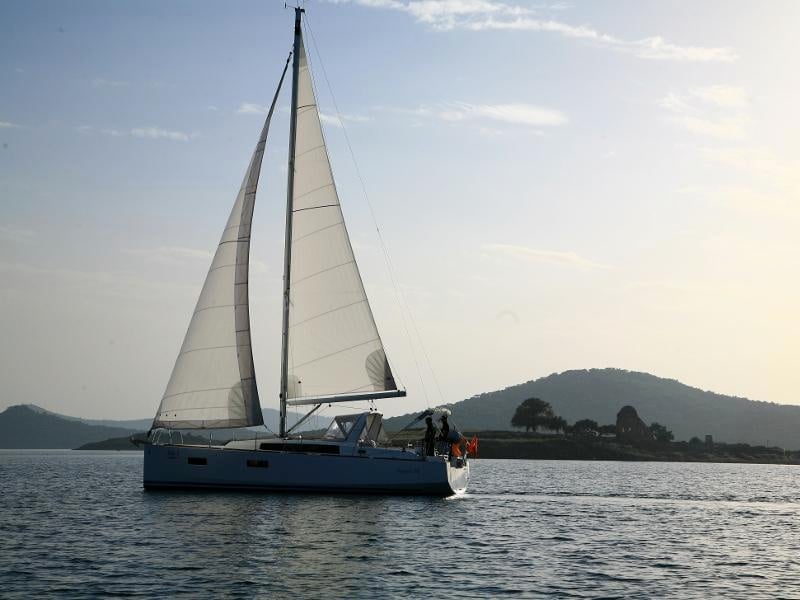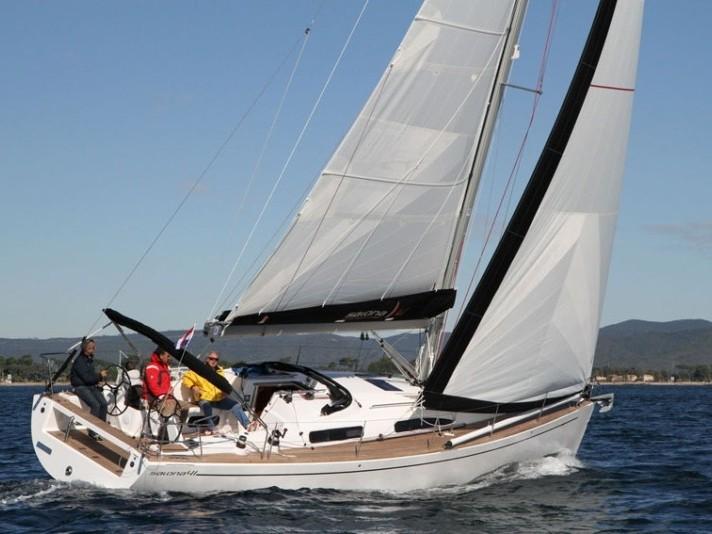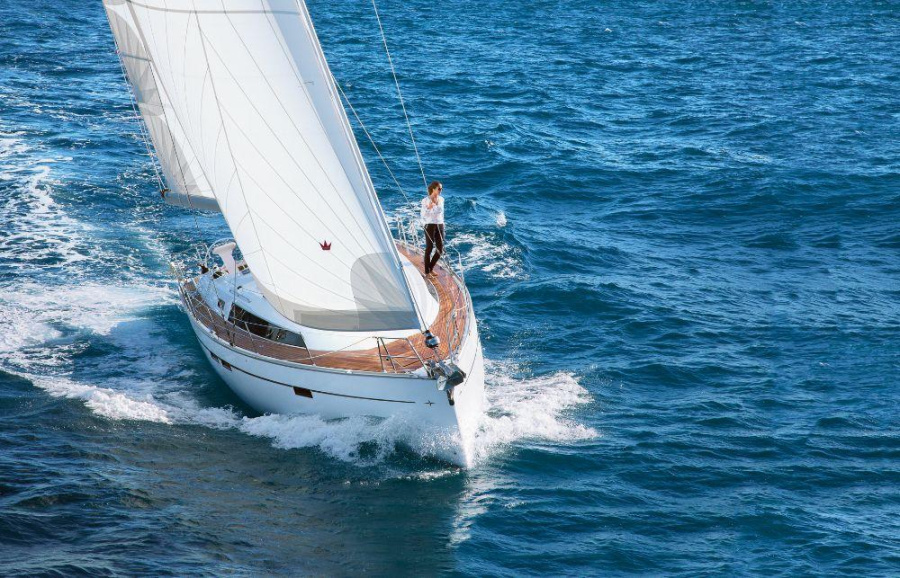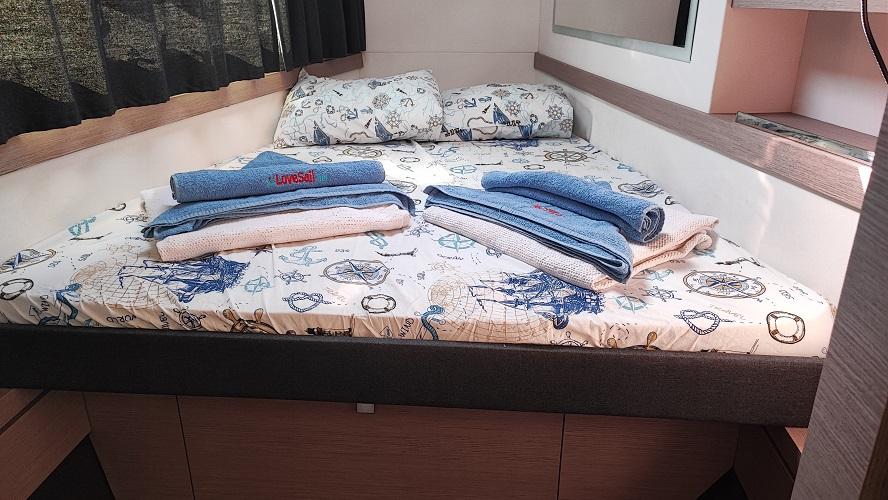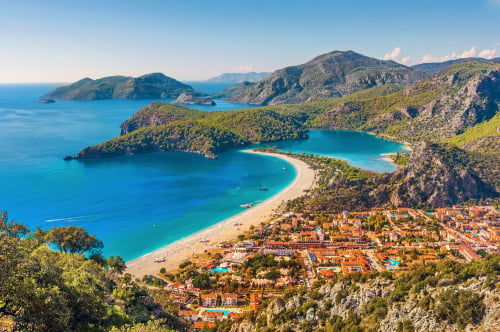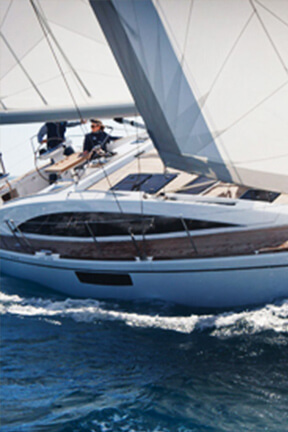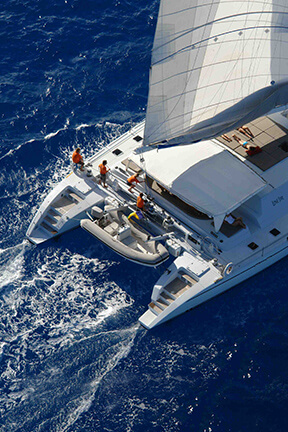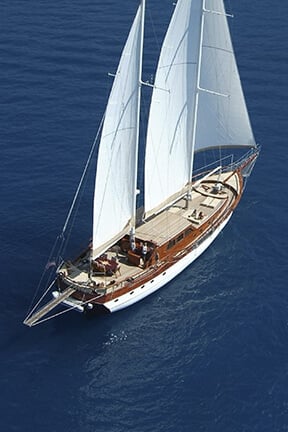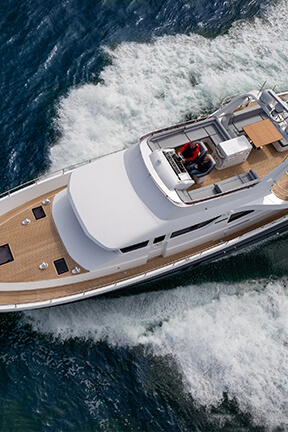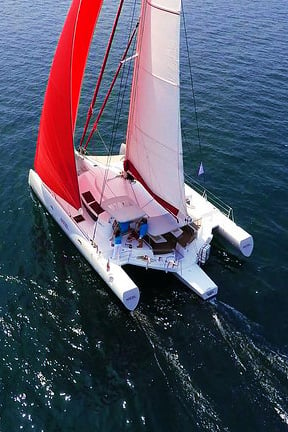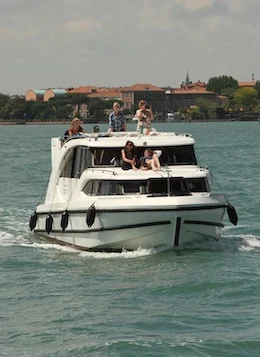TURKEY YACHT CHARTERS
Most popular boats For rent in TURKEY
Top destinations in Turkey for boat rental
Types of boats available for rent in Turkey
Yacht charter types available in Turkey
Cost of boat rental in Turkey
| Jan | Feb | Mar | Apr | May | Jun | Jul | Aug | Sep | Oct | Nov | Dec | |
|---|---|---|---|---|---|---|---|---|---|---|---|---|
|
€3,440 |
€3,450 |
€3,349 |
€4,437 |
€8,045 |
€5,127 |
€4,753 |
€4,957 |
€5,116 |
€4,718 |
€3,760 |
€3,626 |
Sailing conditions in Turkey
Temperature by month
Average air High and Low temperature during the year
| Jan | Feb | Mar | Apr | May | Jun | Jul | Aug | Sep | Oct | Nov | Dec | |
|---|---|---|---|---|---|---|---|---|---|---|---|---|
| Max t° | 14 °C | 15 °C | 17 °C | 20 °C | 25 °C | 30 °C | 34 °C | 33 °C | 30 °C | 25 °C | 20 °C | 16 °C |
| Min t° | 6 °C | 7 °C | 8 °C | 11 °C | 14 °C | 18 °C | 22 °C | 21 °C | 18 °C | 14 °C | 11 °C | 8 °C |
| Max t° | 57 °F | 59 °F | 62 °F | 68 °F | 77 °F | 86 °F | 93 °F | 91 °F | 86 °F | 77 °F | 68 °F | 60 °F |
| Min t° | 42 °F | 44 °F | 46 °F | 51 °F | 57 °F | 64 °F | 71 °F | 69 °F | 64 °F | 57 °F | 51 °F | 46 °F |
Rainy days by month
Average number of days with precipitation during the year.
| Jan | Feb | Mar | Apr | May | Jun | Jul | Aug | Sep | Oct | Nov | Dec | |
|---|---|---|---|---|---|---|---|---|---|---|---|---|
| Rainy Days | 14 | 12 | 13 | 11 | 9 | 6 | 4 | 6 | 8 | 12 | 13 | 14 |
Sailing in Turkey - Geography
Turkey, the size of France and Germany together, is located between Europe, Asia and the Middle East. It’s coastline runs 5,176 miles (8,330 km) with the Black Sea to the north, the Aegean Sea to the west and the Mediterranean to the west, plus the Bosphorus, connecting the Black Sea and the Sea of Marmara. The capital of Turkey, Istanbul (or known as Constantinople before), located right on the spot – dividing or connecting Europe and Asia, is a true wealth of the Byzantine Christian and Muslim (Ottoman) Turkish heritage. It is a delightful conglomerate of numerous tourist attraction: mosques and churches, palaces and castles, Turkish bathes and bazaars. Istanbul is a pure reflection of fast-changing nation. Contrasts between old and new, high-rise modernisation and lack of adequate essentials are merely shocking. But surprisingly this striking feature enchants even more travellers to this region. Origins of the Turks The Turkish people are descendants from the tribes of Central Asian nomads or the Turkmen.
History
The history of Turkey is as long as that of mankind. Known as Anatolia, or as Asia Minor before, this land has seen so many ups and downs of many great civilisations ( the Persians, Greeks, Romans, Byzantines an Ottomans) that it is hard to squeeze it in any narration. In the middle of the 11th century, the tribe invaded Persia, and when Baghdad fell in 1055, the powerful Great Seljuk Sultanate was declared as the centre of the Islamic world. But in 1243 it was defeated by the Mongols. During 13 and 14th centuries many Christians converted to Islam, because the Mongols offered reduced taxation for Muslims. The Mongols ruled Anatolia till 1335, then Osman founded a dynasty known as the Ottomans and created one of the most powerful empires. By the mid of 1500s, the Ottoman sultan was the central figure of Muslim world. In the 1870s, reformist movement known as the Young Ottomans began to push for a constitutional monarchy. In 1912 and 1913 the empire lost most of its remaining European possessions in the Balkan War. By 1918 only the heartland of Anatolia remained of the Ottoman Empire. In 1923 the Turkish Republic was proclaimed with the First Constitution implemented. During World War II, Turkey pursued peaceful policy and remained neutral.
Religion
Most of Turkey’s population (76 million people) follows Islam. The most devoted pray 5 times a day in mosques, while some Turkish do not go to mosques at all. Approximately 130,000 are non-Muslims, including Greek and Armenian Orthodox.
Society
The Turkish language uses the Latin alphabet. But their greatly animated body language can deliver as much a message as a speech itself. The traditional segregation of the sexes is very noticeable. You may often come across groups of men sitting around smoking, drinking endless cups of tea, playing cards or dominos. Numerous festivals, where food and drinks play a central role, demonstrate sincere hospitality and generosity. The age-old Turkish traditions demand absolute respect of elders and cherish their children as national treasures.
Culture
The outcome of this country’s long and sometimes violent past reflects itself in its art and architecture and also alters or introduces its traditions and customs. Many peoples, among them Jews, Russians, Armenians, Greek and others have played an important part in Turkey ‘s complex history. It can be seen in mosaics and frescoes, colourful tile work, city walls, fortress and biblical sights.
Customs and traditions.
The Turkish customs, passed from generation to generation, are well-preserved in contemporary life. The Islamic tradition to circumcise boys from the ages of seven and ten is a very lavish occasion. All men over the age of 20 are required to serve in the military forces, which is considered to be a crucial step to manhood. Wedding festivities, which take a lot of preparations of cooking, dressing and dancing are one of the most impressive rituals. Traditional dress as a colourful designed costume, always goes with decorative scarves (both for men and women), dyed with a plant extracts. The traditional crafts are mostly man-made: copper and brass ware; woodwork; hand-printed textiles; quilts, etc. For example, needle lace is an intricate floral design crocheted in silk.
Landscape
Turkey is a large territory for variety of landscapes and geographical diversity: seascapes, soft beaches and rolling mountains along the Mediterranean coast and deep lush forests of the Black Sea, with vast bare areas in the eastern part. About one quarter of Turkey is covered with forest: pine, spruce and cedar, as well as deciduous trees. 80 % of the country is in active tectonic zone, and earthquakes are frequent. Cappadocia is a must see geological miracle. The hardened volcanic ash (the tuff) was weathered away, creating some majestic formations. Earlier in age even cities were constructed underground, because the softness of the tuff made it easy to build different dwellings underground.
Flora and Fauna
Turkey can surprise any naturalist with abundance of bird life (more than 440 species), larger mammals and diversity of plants. Some of this unspoiled countryside zones are declared as national parks. Each area presents different flora and fauna. The forests of the eastern provinces are habitat for bears, wolves or jackals. The Mediterranean coast grows roses, orchids, lilies, daffodils, etc. Wetlands are famous for water lilies and irises; while woodlands – peonies and jasmine.
Climate
Various range of mountains and coastal line of seaside correspondently influence climatic regions in Turkey. The Aegean and the Mediterranean will produce 84F (29C) in July and 48F (9C) in January. Winter is mostly a rainy season here. Annual precipitation in Antalya is 39 in, while the rainfall along the Black Sea is much heavier – 96 inches a year. The northeast has warm summers, but colder winters with temperatures of 16F (-9C). The central plateau has hot dry summers of 73F (23C) and chilly moist winters of 32F (0 C). The coastline of Turkey predictably delivers warm summers and mild winters, with mostly sunny days throughout the year. From May till the end of August it may be windy, but it never reaches its 25 Knots Mark. When going east the winds become weaker, thus more comfortable for sailing.
Festivals
All national and regional holidays can be divided into 3 categories: Religious feasts celebrated by the Islamic people; festivities associated with events or people of historic significance; traditional festivals, usually tied with a seasonal theme. Turkey has four distinct seasons and different types of celebrations are spread accordingly. In spring there are Tulip Festival in April, Yunus Emre Culture and Art week in May, and Marmaris Race week or International Yachting Festival the 2nd week of May. In summer because of the high temperatures, there is nothing better than to be closer to the seaside. International swimming race is held near the Greek island of Meis. Kirkpinar Festival and Grease wrestling Championship is usually in the last week of June. Istanbul Music Festival is a well known event for opera, theatre and ballet lovers. Autumn is a harvesting season, no wonder there are so many festivals based on the crops: watermelon, grapes, etc. The still warm sea welcomes water sports enthusiasts. International Bodrum Cup Regatta is held in the third week of October, and limited only to few categories of wooden yachts. Race week (last week of October to first of Nov.) takes place in Marmaris and is supervised by the Turkish Sailing Federation. Second week of September will attract dance couples to six-day Tango Festival, also held in Marmaris. In winter the local museums and art galleries will give you a shelter from rain and snow. Although Christmas is ignored by the Turks, New Year’s Day is widely celebrated throughout Turkey. In the mid of January, it is worth visiting the ruined Roman theatre of Ephesus, where the Camel Wrestling Championship is held.
Sailing
Conveniently surrounded by the Mediterranean Sea in the south, the Aegean Sea in the west and the Black Sea up north, it is no wonder that water sports, and especially sailing, are prevailing in this area. Besides, Turkey provides the longest sailing season in the Mediterranean. There are indeed a lot of advantages for sailors in this area. Secluded sandy bays and coves, lush forested hills, ruins of ancient dwellings – sometimes are hidden from explorers and can be discovered only by water. So, “12 Knots” will give you the opportunity to enjoy this paradise with bareboat or skippered yacht charter. Once you reach your destination - sunny weather, pristine beaches, balsamic waters – will create the most relaxing atmosphere for you. Turkey provides not only its picturesque scenery, but also upscale marinas, well- equipped with secure moorings and other useful facilities for yachts. They are well-located to make it easy to get provisions or meals at the restaurants.
Bodrum
One of the main yacht centres, located on the Bodrum peninsula, is a perfect spot for sailing or dinghy racing. The 15 century Castle, well visible from the harbour, houses a Museum of Underwater Archeology these days. Yalikavak, used to be a sponge-fishing port, is a good place to try local delicacies: sea beans and stuffed marrow flowers.
Marmaris
Marmaris, which used to be a quaint fishing village, set in a sheltered bay, is now a vibrant resort and can be easily compared to the Spanish Ibiza. Marmaris is another popular sailing and diving centre with Netsel Marina, as Turkey ‘s largest and most luxurious marinas, and several smaller ones as well. There is berthing for over 750 yachts up to 130 ft (40m) long. Marmaris is a safe anchorage with no underwater currents, sandbanks or rocks.
Gocek
On the way from Bodrum to Marmaris you’ll come across Gocek, a small village with 5 well- equipped marinas. The public marinas have berth for above 350 boats with a further 200 berth available in a secluded private marina. The ruins of the Roman town of Lydae, with two mausoleums and a fort, can be visible at the tip of the peninsula.
